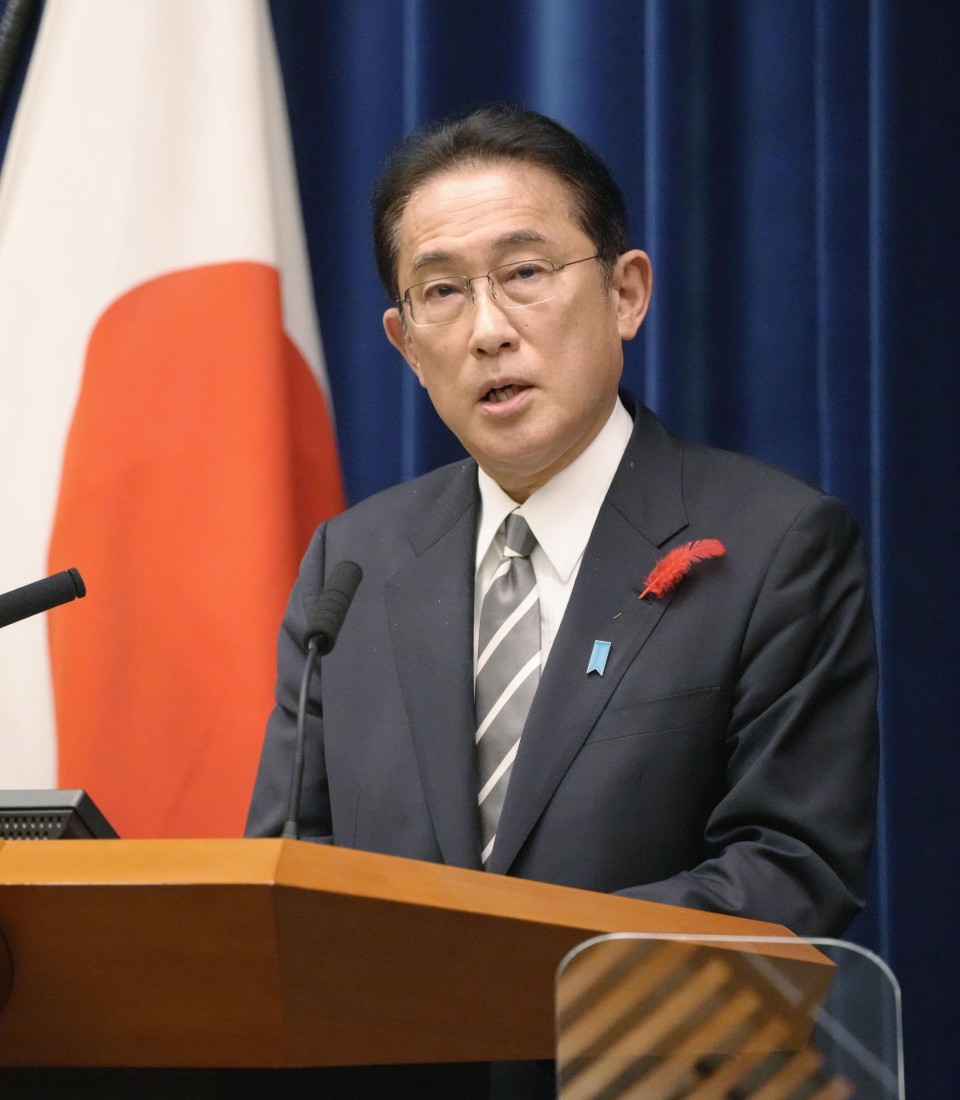Tokyo, 19 October, /AJMEDIA/
Japanese Prime Minister Fumio Kishida called for an Oct. 31 general election for the House of Representatives on Oct. 14, only 10 days after taking office and with just a week remaining before the current members’ four-year term expires.
Here are some basics and background of the election.
Electoral system
A general election to choose members of the lower house is held either just before the term of current members expires or in all but one case in postwar Japan during the term after the prime minister dissolves the house.
All 465 seats in the house are up for grabs, of which 289 are elected from single-seat districts and the remaining 176 through proportional representation in 11 regional blocks.
Each voter casts two ballots at a polling station — one to choose a candidate in a single-seat constituency and the other to select a party for proportional representation.
A candidate who runs in a single-seat district on the ticket of a political party can also appear in the party’s candidate list for proportional representation seats, submitted beforehand.
Even if such a candidate loses in the constituency, he or she could still secure a seat by the proportional representation vote, if the candidate’s party wins enough votes, in what is known as a consolation round.
The Cabinet approval rating and COVID-19 situations in Japan
Before Kishida took over, his predecessor Yoshihide Suga was struggling with the fifth wave of coronavirus infections and the public support rating for Suga’s Cabinet hit a record-low 31.8 percent in August.
The approval rating for Kishida’s Cabinet came to 55.7 percent shortly after its launch on Oct. 4.









































